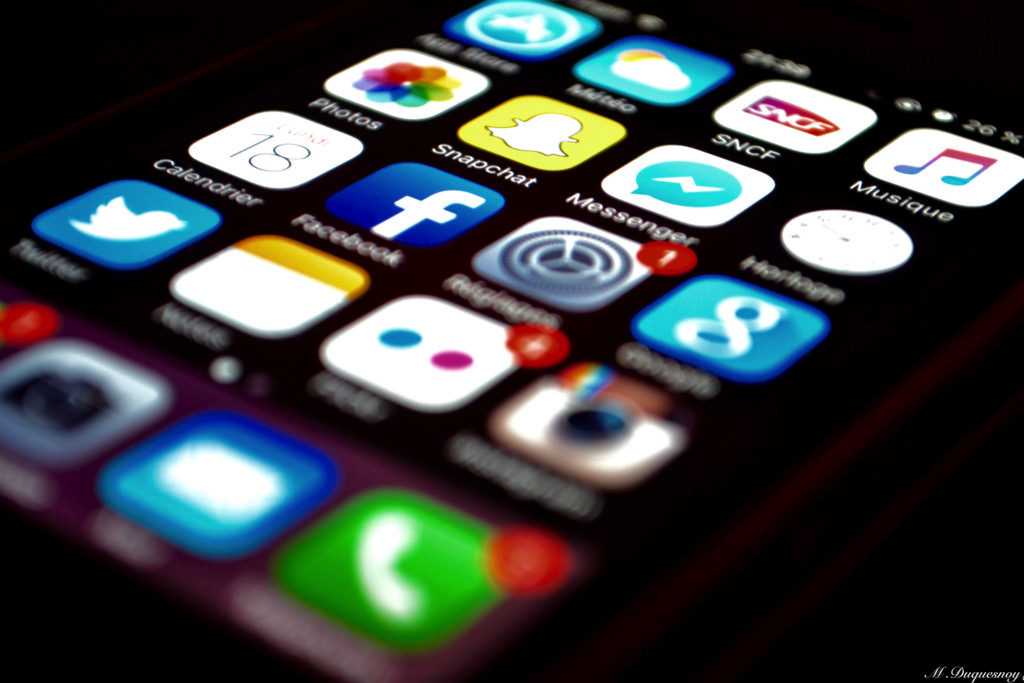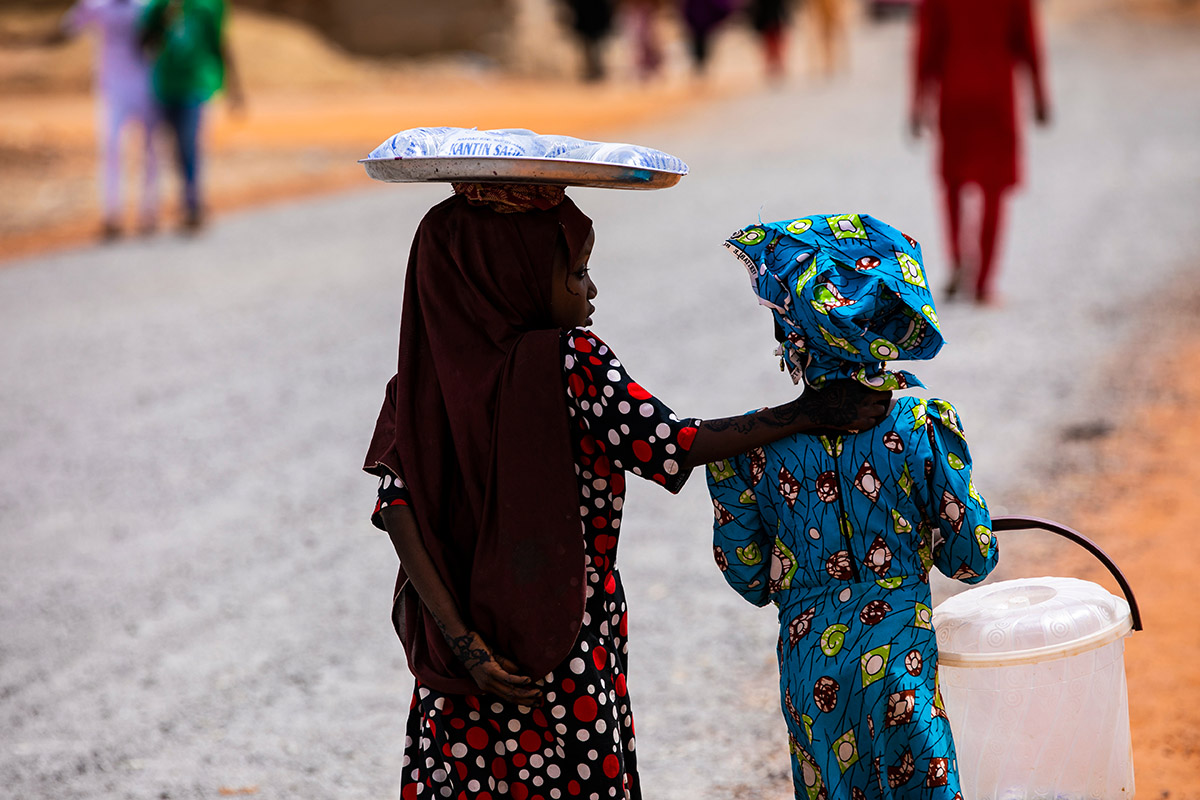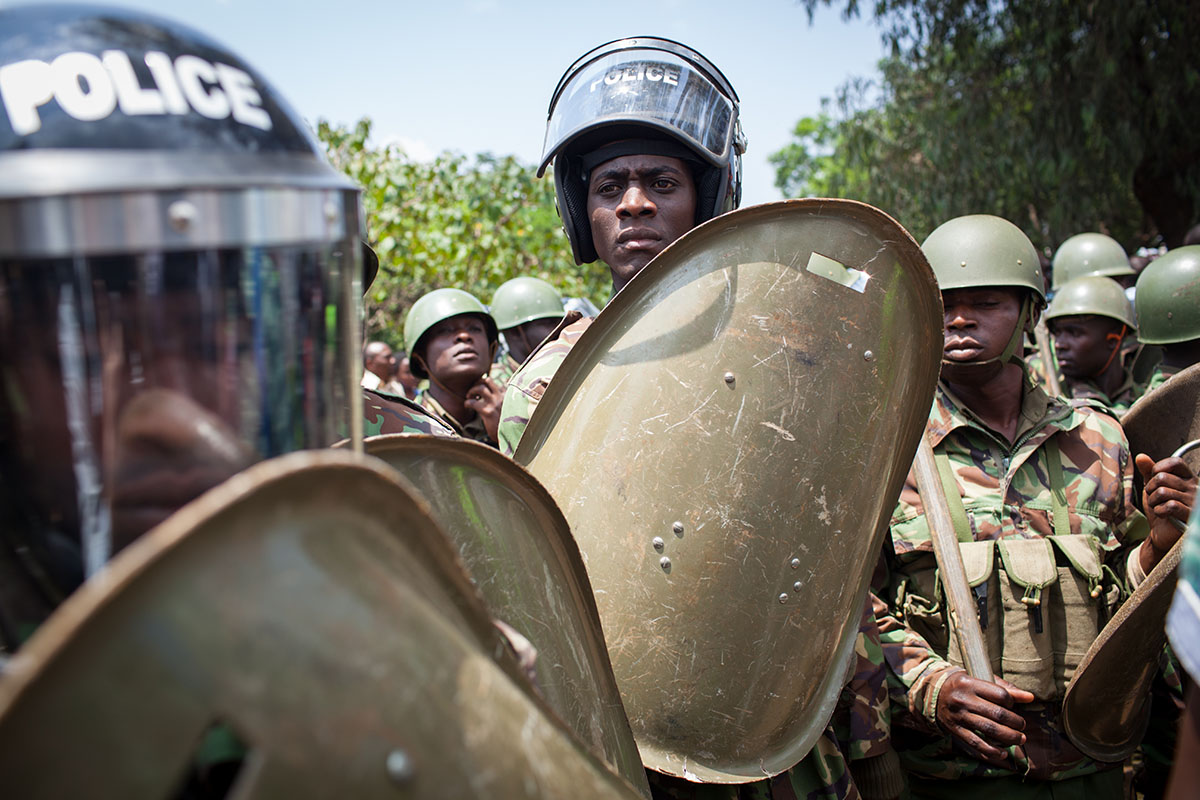“Is social media more than just noise?”
April 20 Armchair activists have been criticised for their level of engagement, but Richa Hingorani, 26, a Correspondent from New Delhi in India, argues that social media has played a pivotal role in some causes.
Armchair activists have been criticised for their level of engagement, but Richa Hingorani, 26, a Correspondent from New Delhi in India, argues that social media has played a pivotal role in some causes.
With squinted eyes I greet my phone in the morning, log onto a triad of websites – Gmail, Facebook, Twitter – when I get to work, and call it a day when I have gone through the ritual of checking each of the three apps on my phone.
Recent reports and studies contend that increased social media usage is, rather ironically, making us anti-social. Messages typed out with a thumb have replaced face-to-face meetings, wedding cards are now Facebook event invitations, and the litany goes on.
While it may be true that addiction to social media is worrisome, users like myself use social media for purposes other than the routine of looking at pictures of destination weddings, gym workout sessions, and celebrated dishes. Social media has increasingly become a rapidly growing source of trusted source of global affairs with information being shared at the speed of light (slight exaggeration)!
Some causes and issues have gained tremendous traction (aka gone viral) on social media, as was evidenced in last year’s ALS (Amyotrophic Lateral Sclerosis) ice water bucket challenge, this year’s #Oscarssowhite, among several other smaller-scale instances in a plethora of countries.
The ice-bucket challenge raised $220 million in donations for research on ALS, and scientists at the coveted John Hopkins University claimed a major breakthrough. Unimpressed, critics continue to label social media campaigns as a form of “slacktivism” or “armchair activism”. How, they ask, can using hashtags, retweeting 140 character long messages, or sharing on Facebook lead to any change?
However, it is crucial to note here that the medium of conversations has shifted to the online space, bringing it at par with word-of-mouth advertising that mobilised people for social change. Being online apprises individuals on current issues, its various angles and the reactions it elicits. Make no mistake, online agitation is not going to thwart global warming or narrow the rich-poor gap. It only activates the first step of agitation—information sharing. The role of internet and social media platforms here is indeed limited to generating awareness or enabling easy access to relevant details of a story breaking out.
Unilever, one of the biggest consumer goods companies in the world, was accused of mercury contamination in Kodaikanal, Tamil Nadu, India, after its former workers complained of health problems in 2006. The lawsuit was soon lost and forgotten, and the agrrieved workers saw no respite. A rap video “Kodaikanal Won’t” set to the tune of Nicki Minaj’s Anaconda brought to the forefront the plight of the workers adversely affected by the contamination and urged Unilever to “clean up the mess”.
When the rap video met social media, the ensuing confluence was big! The video was shared widely, garnered 95,967 signatures, and finally led to Unilever announcing compensation for 591 affected workers! Logging on to your social media profile, watching a rap video, and the click of a mouse may have singularly helped some families climb out of the debt of medical bills, and enabled others to pay for medical expenses.
Apart from instant coffee and the like, there is nothing that comes by instantly. Clicking “Submit” or “Sign” on platforms such as change.org, avaaz.org is an important part of more widespread mobilisation strategies.
Amidst all the flak that social media routinely attracts, let’s take a moment to appreciate all the positive changes it has been able to mobilise!
photo credit: Generation Y via photopin (license)
……………………………………………………………………………………………………………………………………
About me: I am a Chevening scholar and recently finished my Master’s in Development Studies from SOAS, University of London. Having spent the last four years working primarily in development communication and community engagement, I wish to lead an organisation that synthesises cutting-edge development communication technologies and deep community participation to help children, especially girls, gain access to education.
……………………………………………………………………………………………………………………………………
Opinions expressed in this article are those of the author and do not necessarily represent the views of the Commonwealth Youth Programme. Articles are published in a spirit of dialogue, respect and understanding. If you disagree, why not submit a response.
To learn more about becoming a Commonwealth Correspondent please visit: http://www.yourcommonwealth.org/submit-articles/commonwealthcorrespondents/
……………………………………………………………………………………………………………………………………




